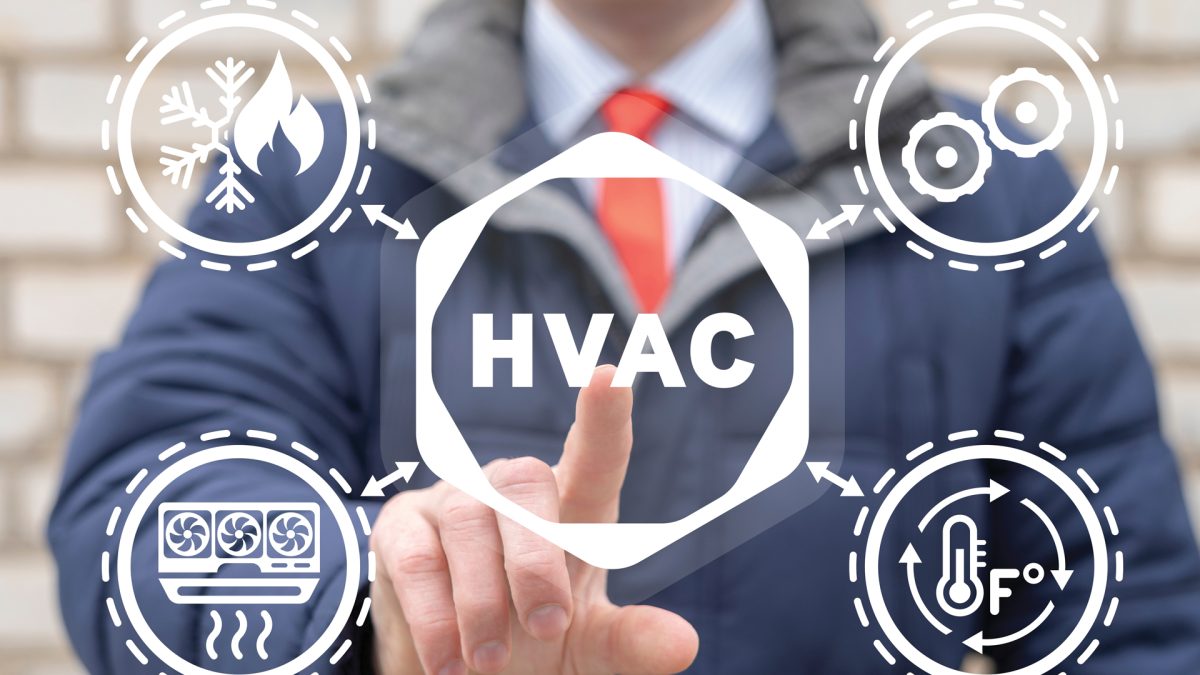The Future of HVAC Industry in India
Dec 4 2024
Written by: Delhi Chapter Ishrae

The heating, ventilation, and air conditioning (HVAC) industry in India is on the cusp of significant transformation. As the Indian Society of Heating, Refrigerating and Air Conditioning Engineers (ISHRAE) Delhi Chapter, we are uniquely positioned to observe and influence these trends. This blog delves into the evolving landscape of the HVAC industry, driven by technological advancements, sustainability goals, and increasing demand for comfort and energy efficiency.
Rising Demand for HVAC Solutions
India’s HVAC market is projected to grow at a robust rate in the coming years, fueled by rapid urbanization, increasing disposable incomes, and expanding infrastructure projects. The real estate sector, including residential, commercial, and industrial buildings, continues to demand advanced HVAC solutions to cater to the needs of a growing population and globalized businesses.
Emphasis on Energy Efficiency
Energy efficiency has become a cornerstone of the HVAC industry, with policies like the Energy Conservation Building Code (ECBC) and increasing consumer awareness driving the adoption of efficient systems. Innovations in Variable Refrigerant Flow (VRF) systems, inverter technology, and advanced heat exchangers are enabling significant energy savings. These advancements align with India’s commitments under the Paris Agreement and its transition toward a low-carbon economy.
Integration of Smart Technologies
The integration of smart technologies is redefining HVAC systems. Internet of Things (IoT)- enabled devices, artificial intelligence (AI), and machine learning (ML) are transforming HVAC systems into intelligent ecosystems capable of self-regulation, predictive maintenance, and seamless user interaction. Smart thermostats, zoning systems, and centralized HVAC controls are becoming mainstream, enhancing both convenience and energy efficiency
Focus on Indoor Air Quality (IAQ)
Post-pandemic, the focus on indoor air quality has intensified. HVAC systems are now expected to not only regulate temperature but also enhance air quality by incorporating advanced filtration systems, UV-C disinfection, and air purification technologies. This shift addresses the growing concern over health and wellness, particularly in urban centers with high levels of air pollution.
The Rise of Green and Sustainable Solutions
Sustainability is no longer a choice but a necessity. The adoption of green refrigerants, such as Hydrofluoroolefins (HFOs) and natural refrigerants, is gaining momentum in response to global regulations on ozone-depleting substances and high-GWP (Global Warming Potential) refrigerants. Moreover, the use of renewable energy sources, like solar-powered HVAC systems, and the incorporation of energy recovery ventilation are emerging trends that support green building initiatives.
Challenges and Opportunities
While the future looks promising, the HVAC industry in India faces challenges, including a fragmented market, high initial costs for advanced technologies, and the need for skilled professionals. However, these challenges also present opportunities for innovation, training, and collaboration between industry stakeholders.
The Role of ISHRAE
As a leading organization in the HVAC&R domain, ISHRAE plays a pivotal role in shaping the future of the industry. Through initiatives like technical seminars, training programs, and student outreach, we aim to foster knowledge exchange and drive the adoption of best practices. The Delhi Chapter remains committed to promoting sustainability, innovation, and excellence in HVAC systems to meet India’s evolving needs.
Conclusion
The future of the HVAC industry in India is bright, marked by technological advancements and a strong focus on sustainability. As we navigate this dynamic landscape, collaboration between policymakers, manufacturers, service providers, and end-users will be crucial to harness the full potential of the industry. At ISHRAE Delhi Chapter, we are excited to be part of this journey and invite all stakeholders to join hands in building a more sustainable and efficient HVAC future for India.